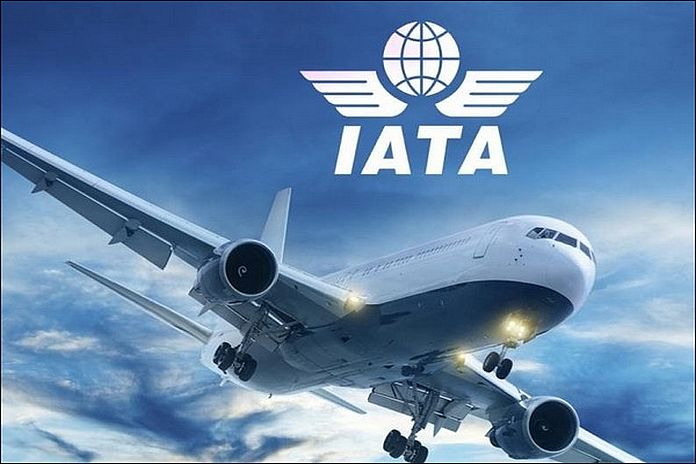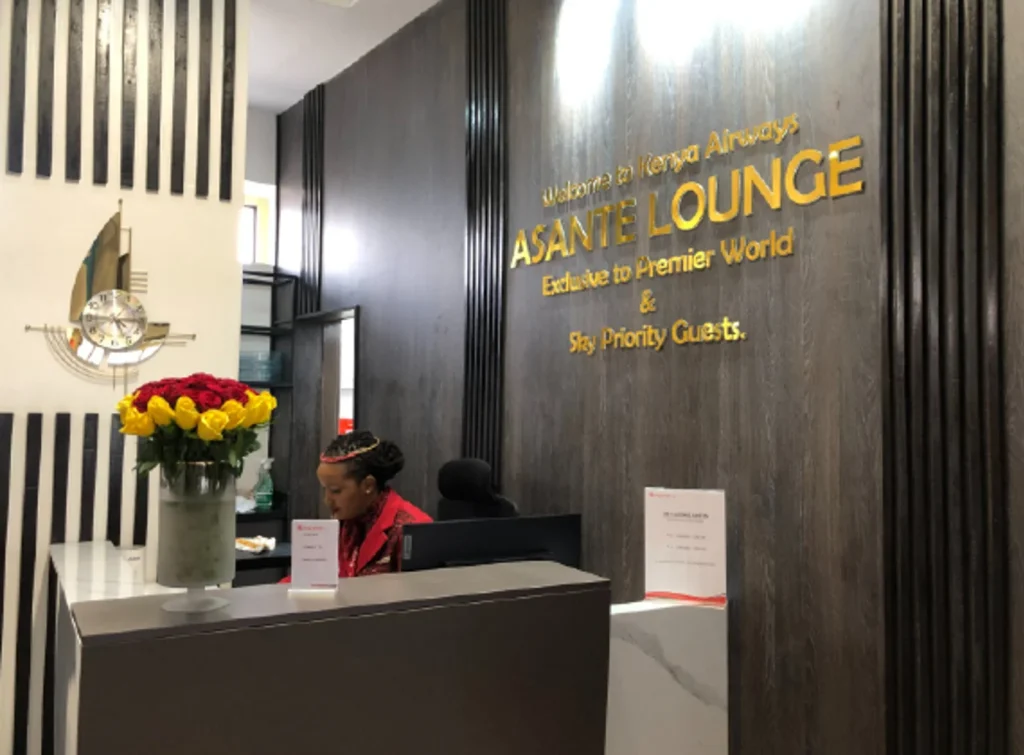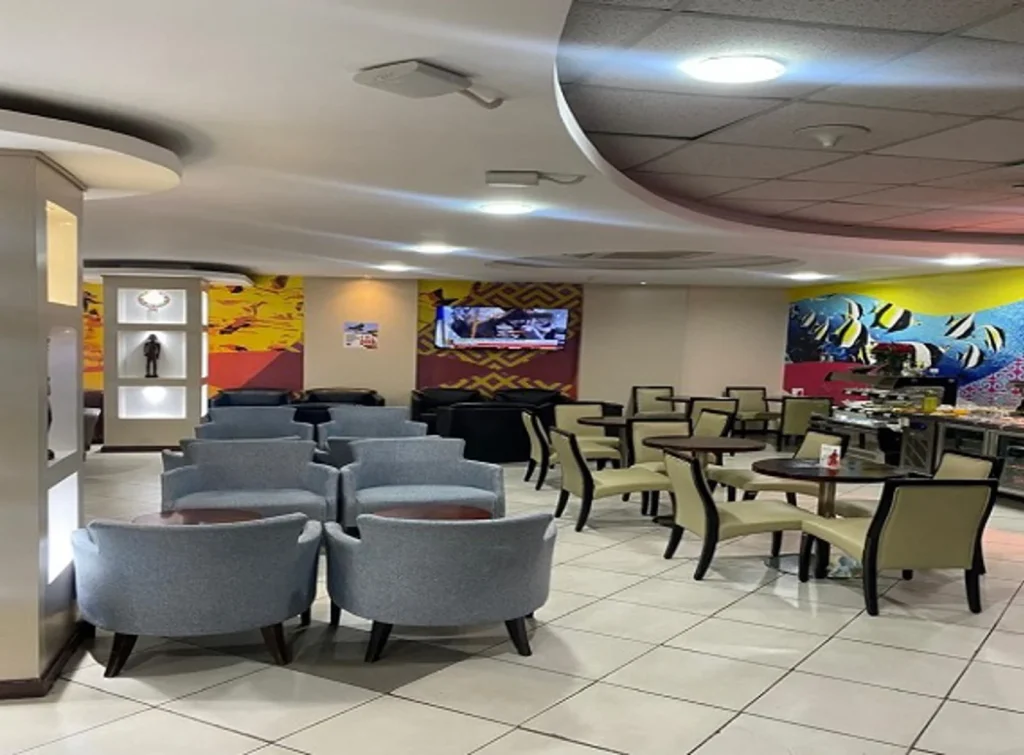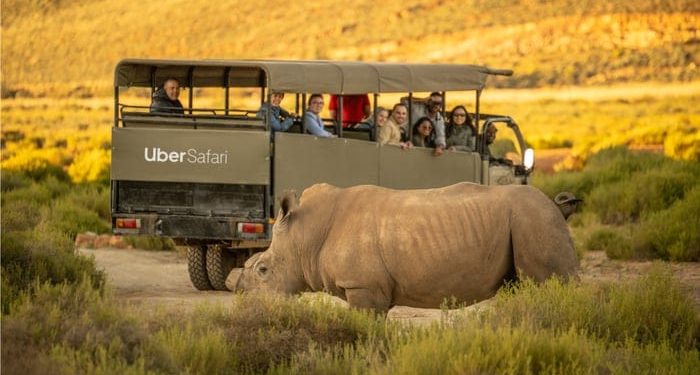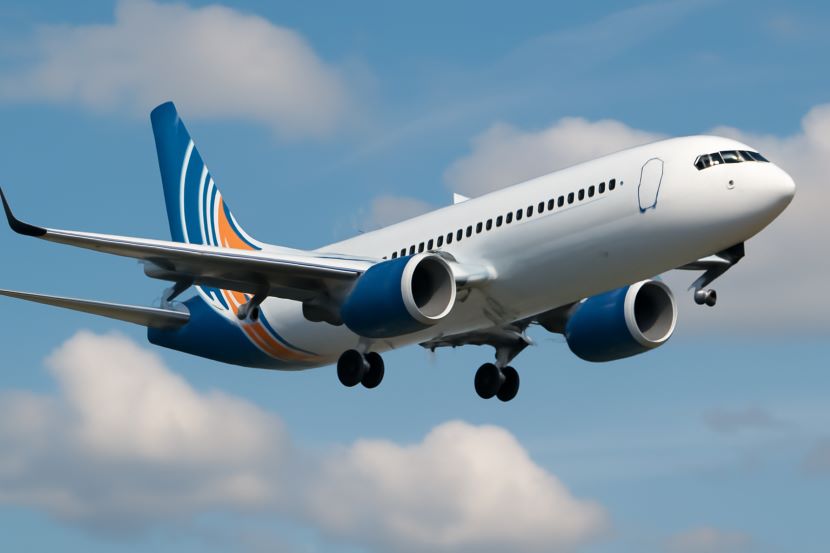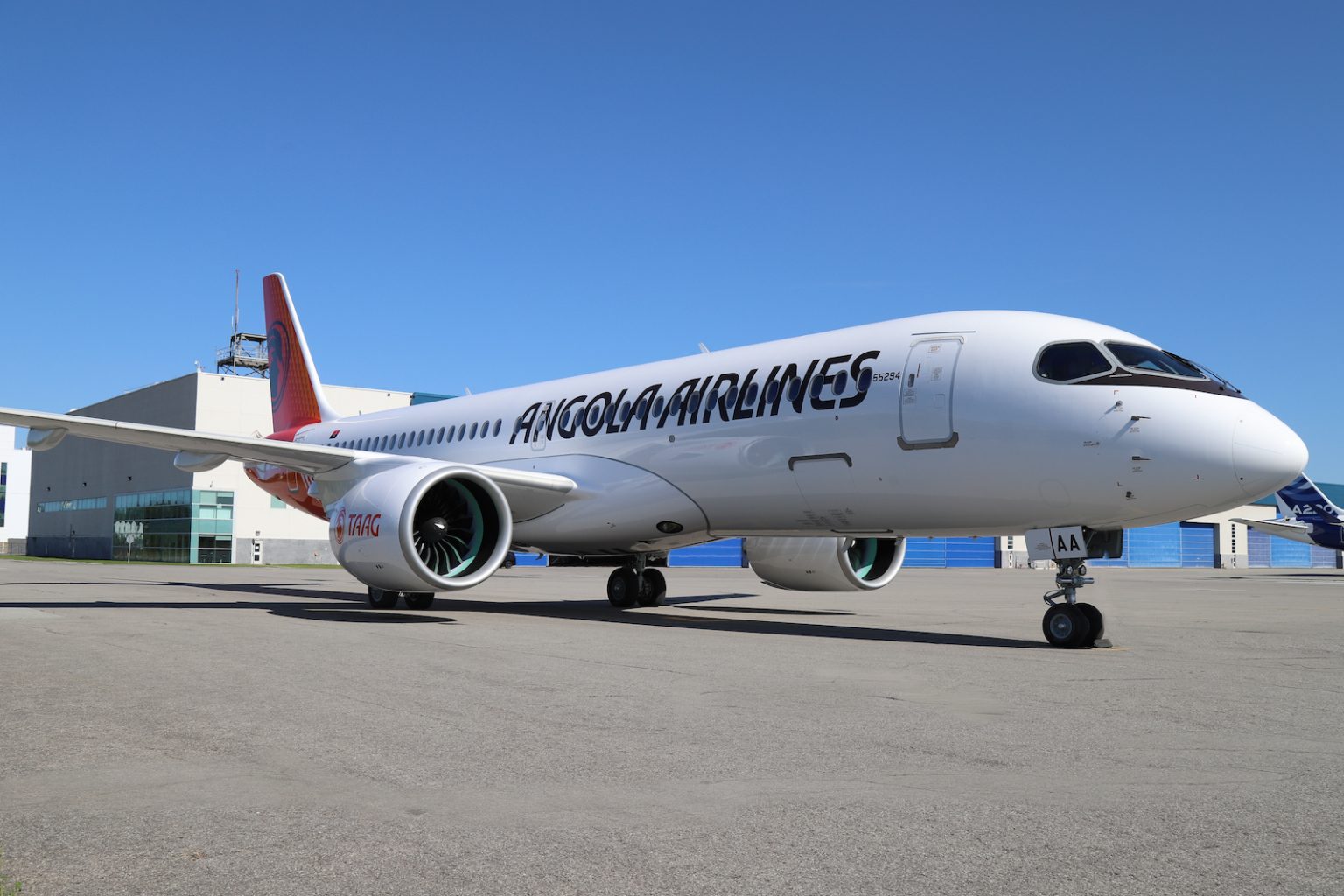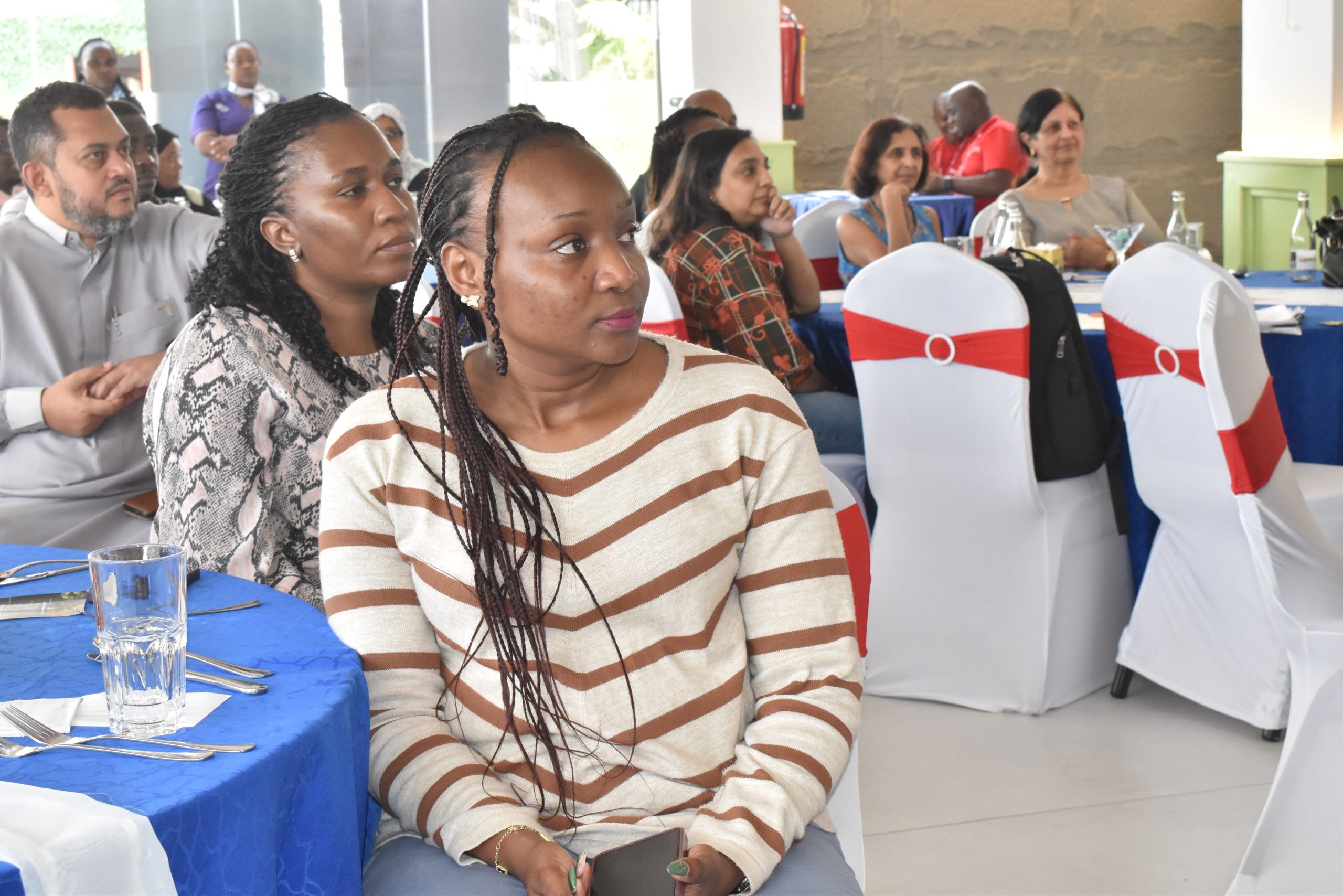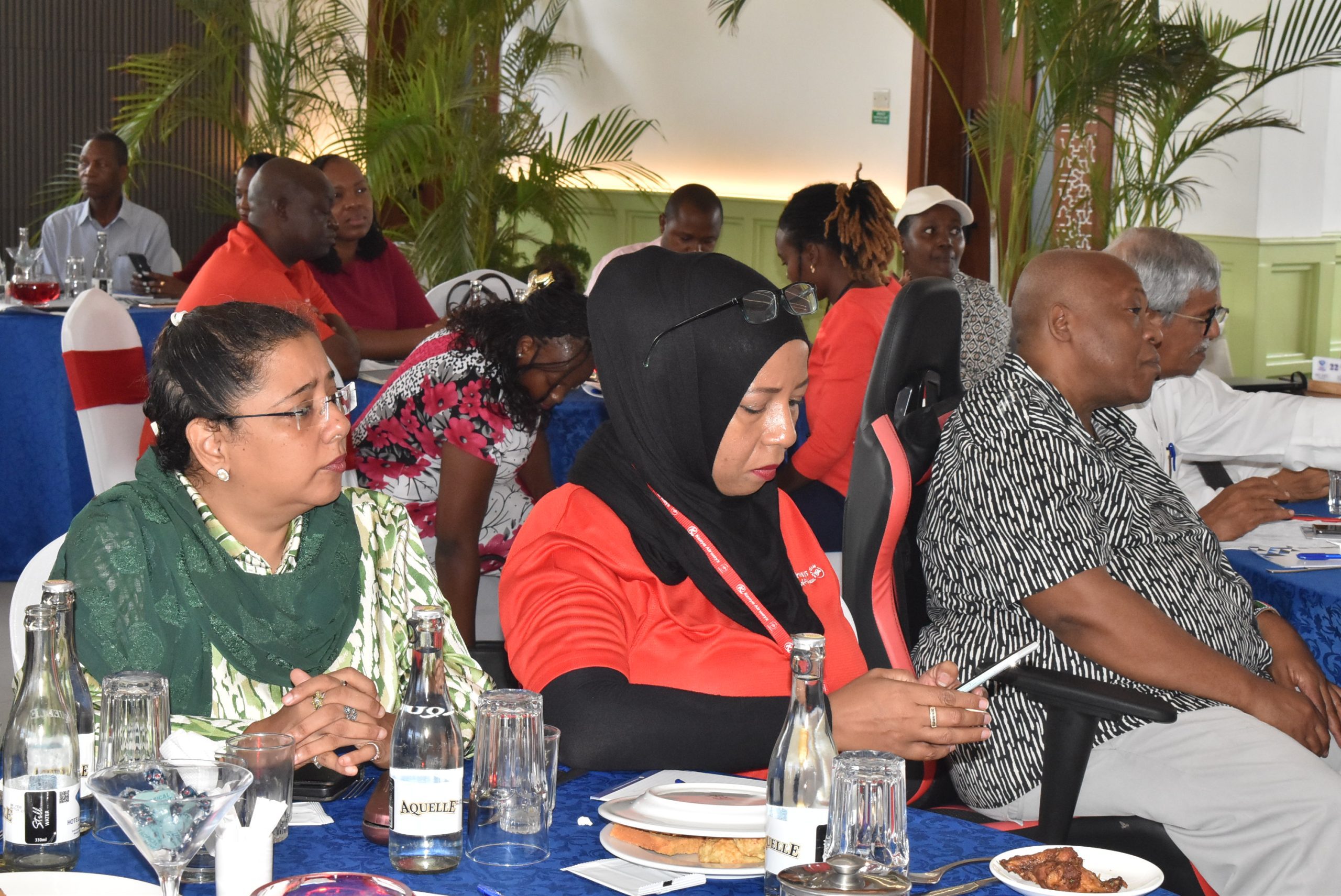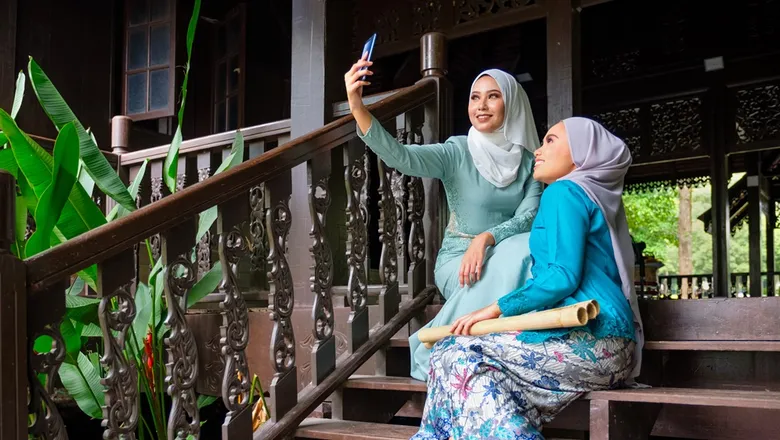Dubai and Las Vegas, two of the world’s most famous travel destinations, are increasingly finding themselves in competition, particularly in the realm of tourism. Both cities, known for their desert landscapes, large-scale events, and vibrant hospitality scenes, are evolving at a rapid pace. Recently, Dubai has made a move that could significantly alter the dynamics of global tourism—by launching its first casinos. Could this new venture help Dubai challenge Las Vegas’ long-standing dominance in the travel and entertainment industry?
Dubai’s Tourism Surge: More Than Just a Layover Hub
Historically, Dubai was known primarily as a transfer hub—a city travelers passed through on layovers without spending much time. However, the city has undergone a significant transformation in recent years, evolving into a thriving global destination in its own right. The introduction of luxury hotels, fine dining, shopping malls, and entertainment venues has created a compelling reason for visitors to extend their stays rather than simply transit through the city.
Over the past decade, Dubai has increased its hotel infrastructure significantly, doubling the number of available hotel rooms. As of now, Dubai ranks just behind London in terms of global hotel room capacity, with only a few Chinese cities, benefiting from massive domestic tourism, having more rooms. According to data from CoStar Group, Dubai now boasts more hotel rooms than Las Vegas, a notable achievement for the emirate.
This rapid expansion has been driven by a surge in both tourism and investment in the hospitality sector. Hotels across all price ranges—from budget accommodations to five-star luxury resorts—are now available to cater to a diverse international audience. Dubai’s ambitious plans don’t show signs of slowing down, with more than 50 hotels currently under construction, adding over 15,000 new rooms to the city’s inventory. The opening of the Ciel Tower, set to become the world’s tallest hotel, is just one example of the city’s commitment to maintaining its position as a major player in the global tourism market.
A New Era for Dubai: The Introduction of Casinos
Perhaps the most striking new development in Dubai’s tourism landscape is its decision to issue the first-ever casino licenses. This marks a significant shift for the city, which has traditionally been conservative in its approach to gambling. While Las Vegas is famous for its sprawling casinos and vibrant nightlife, Dubai’s entry into this arena could change the balance of power in the luxury tourism sector.
The decision to legalize casinos comes at a time when Dubai is already making major strides in entertainment and leisure offerings. The city’s burgeoning reputation as a luxury destination, combined with its favorable winter weather, positions it to attract a new wave of high-end tourists. As global travelers increasingly seek exotic, all-inclusive experiences, Dubai’s move to integrate casinos into its tourism offerings could give it a competitive edge, especially for those seeking a mix of luxury, culture, and entertainment.
Las Vegas Faces Challenges: Shifting Tourism Trends
While Dubai is making notable strides in the tourism sector, Las Vegas, the traditional leader in the global resort market, is facing some challenges. Over the past several months, Las Vegas has seen a decline in hotel occupancy rates, especially on the Strip. From February 2025 to May 2025, occupancy rates dipped between 1 and 5% when compared to the same period the previous year. This downturn can be attributed to several factors, including geopolitical tensions, changes in international travel behavior, and increased tariffs, which have negatively impacted tourism to the U.S.
Moreover, shifts in traveler behavior—particularly from neighboring countries such as Canada—have added to Las Vegas’ struggles. With the U.S. facing a broader decline in international visitors due to economic and political issues, Las Vegas is finding it increasingly difficult to maintain its standing as the world’s premier resort destination. While the city continues to focus on sports-related ventures, such as acquiring NFL, NHL, and WNBA teams, it may be too early to determine whether these moves can successfully counterbalance the broader challenges.
Dubai’s Appeal: A Riveting Alternative to Las Vegas
Despite the difficulties faced by Las Vegas, Dubai has steadily been building its appeal as a tourist destination, drawing millions of international visitors every year. In 2025, Dubai has outpaced Las Vegas in hotel occupancy, reporting an average of 83% occupancy between January and May, up from 81% in the same period the previous year. This growth indicates that Dubai is not only attracting more visitors but is also succeeding in enticing them to stay longer and spend more.
Dubai’s strategic geographic location, ease of access, and cultural offerings have all contributed to the city’s increasing popularity. With attractions like the Burj Khalifa, Palm Jumeirah, and the Dubai Mall, as well as world-class dining and shopping, the city offers an eclectic mix of entertainment, relaxation, and luxury. Additionally, Dubai’s emphasis on large-scale events, such as Formula 1 races, NBA preseason games, and international concerts, has made it an even more attractive destination for tourists.
With the introduction of casinos, Dubai’s tourism offerings will likely expand even further, positioning it as a true competitor to Las Vegas in the global travel market. The emirate’s plans to attract high-end gamblers could draw a new wave of wealthy visitors who would typically flock to Las Vegas for its iconic casino experiences.
Dubai’s Resilience: Thriving Despite Regional Instability
One of the most remarkable aspects of Dubai’s tourism success is its ability to thrive despite regional instability and geopolitical challenges. For example, the 12-day closure of UAE airspace during the Israel-Iran conflict in June 2025 briefly disrupted international travel. However, Dubai’s resilience in the face of such setbacks is a testament to its growing status as a global tourism hub.
In contrast, Las Vegas has struggled with issues stemming from the broader challenges of international tourism to the United States, including tariffs and tensions with neighboring countries like Canada. While these factors have contributed to a decline in Las Vegas’ hotel occupancy rates, Dubai has continued to show growth, attracting tourists with its diverse offerings, luxurious infrastructure, and forward-thinking approach to hospitality.
The Future of Luxury Travel
Although both locations are vying to be the dominant city in the world regarding luxury tourism, due to Dubai’s recent growth and innovations mixed with the recent casino licenses, it can be seen as a competitor to Las Vegas. Dubai is able to broaden its appeal and tourism options and more than likely compete with Las Vegas for the title of the world’s luxury entertainment capital. Dubai’s unparalleled selection of attractions coupled with the addition of casinos will offer tourists a unique combination of luxury, relaxation, and leisure all in a rich cultural setting, significantly increasing its ability to compete with Las Vegas.
Source: travelandtourworld.com

